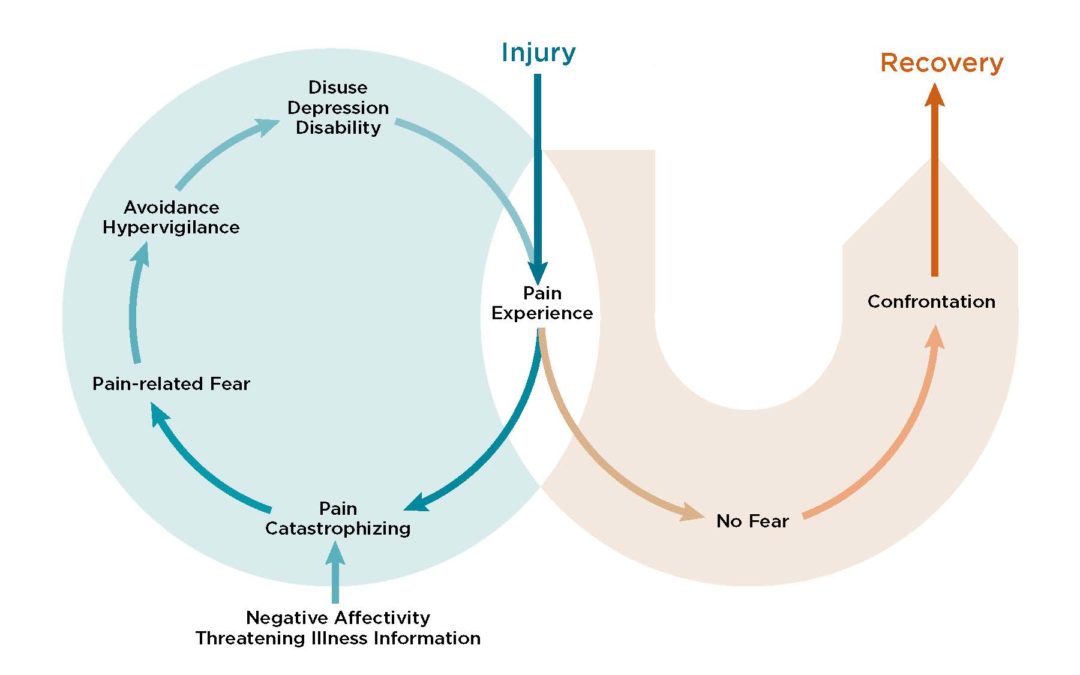It may seem counter intuitive to promote exercise in the setting of chronic pain. When a person experiences pain, their natural inclination is to limit their movements to reduce the amount of pain they are experiencing.
However, research has shown that movement, if not formal exercise, plays an important role in the reduction of pain. Why is that?
Though further studies are needed, exercise has been shown to have a beneficial impact on pain severity as well as physical and psychological function.
Yoga, aerobic exercise, strength training, Pilates, Tai chi, core strengthening and balance training have all been identified as beneficial in the setting of chronic pain. It is less about the specific type of exercise you do and more about finding healthy habits you can sustain and keeping yourself moving.
Physical function is certain to demonstrate significant improvement from regular exercise. Remember the old saying “if you don’t use it, you lose it”? That is particularly true when it comes to the physical functioning of our bodies. Muscles that are not engaged in movement, lose strength and function. Again, a strenuous workout is not always necessary to benefit your body. Something as simple as a daily walk can help you maintain physical function.
Psychological function and quality of life are more difficult to measure, however we know that exercise releases hormones in our bodies that can improve overall feelings of wellness. For a person experiencing chronic pain, the ability to engage in any kind of physical activity can provide a feeling of control over their lives and bodies. The psychological impact of chronic pain cannot be underestimated. Anything that improves a sense of how you feel, can be very powerful.
There are several things to consider when starting an exercise program.
Consult your doctor. You want to be sure that the activity you pick is not going to make your situation worse.
Pick an activity you enjoy so you are more likely to stick to it.
Start slow. If short walks are difficult, take some time before you sign up for a marathon!
Set a specific goal and tell your support system about your goal. People who share their goals are more likely to stick to them.
Consider picking an activity you can do with a supportive person. Exercising with someone you enjoy spending time with will make that activity even more enjoyable and less likely that you will skip it.
Lastly, pay attention to how you feel after exercise. Some soreness or stiffness is to be expected at first but how do you feel over time? Do you notice greater flexibility? Easier to fall asleep?
Our bodies were designed to move, inactivity hurts us in more ways than one. At Haven Spine + Pain, we can help you explore ways to increase your movement, while reducing your pain.


Recent Comments